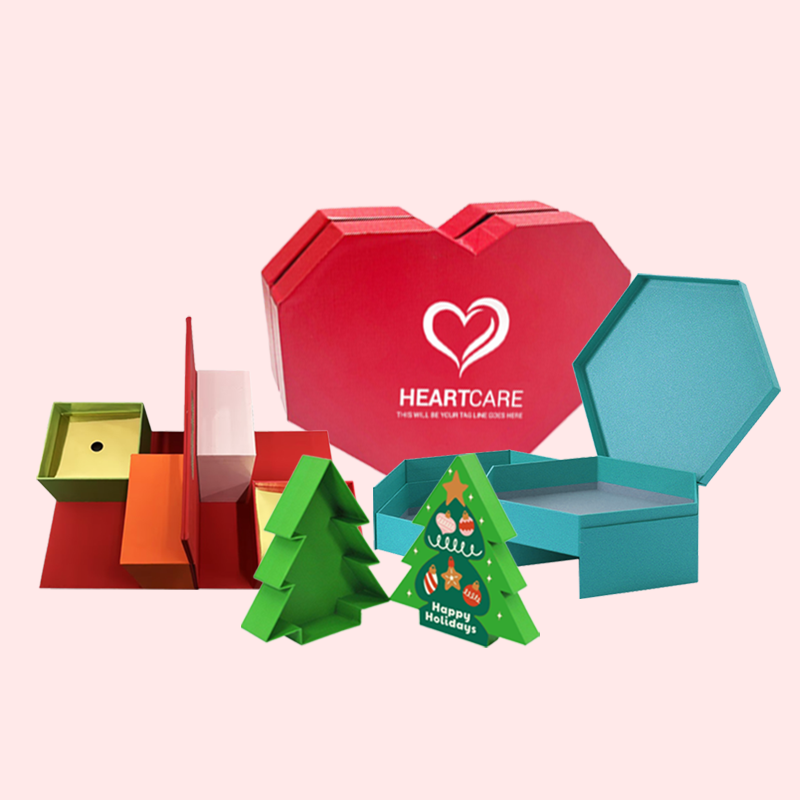Struggling to make your brand stand out? You fear that custom packaging is just a costly trend. Real case studies prove it is a powerful tool for business growth.
Real brands report that switching to custom packaging significantly boosts sales, enhances customer loyalty, and strengthens brand recognition. It transforms a simple product into a memorable unboxing experience, directly impacting their bottom line and setting them apart from the competition.

For over 16 years, I've seen firsthand what a difference the right box can make. It's more than just a container; it's the first physical interaction a customer has with your brand. A generic box says very little. But a custom box starts a conversation, telling your story before the product is even revealed. Many entrepreneurs I work with are hesitant at first, worried about the cost. But time and again, they come back and tell me it was one of the best investments they ever made. Let's explore why this is, based on real experiences and proven principles.
How does packaging design affect brand identity?
Your product is great, but its generic packaging makes it invisible. It gets lost on the shelf and online. A custom design makes your brand instantly recognizable and memorable.
Packaging design is your brand’s physical handshake. It communicates your values, quality, and story before the product is even seen. Good design builds trust and makes your brand memorable, turning a one-time buyer into a loyal fan.
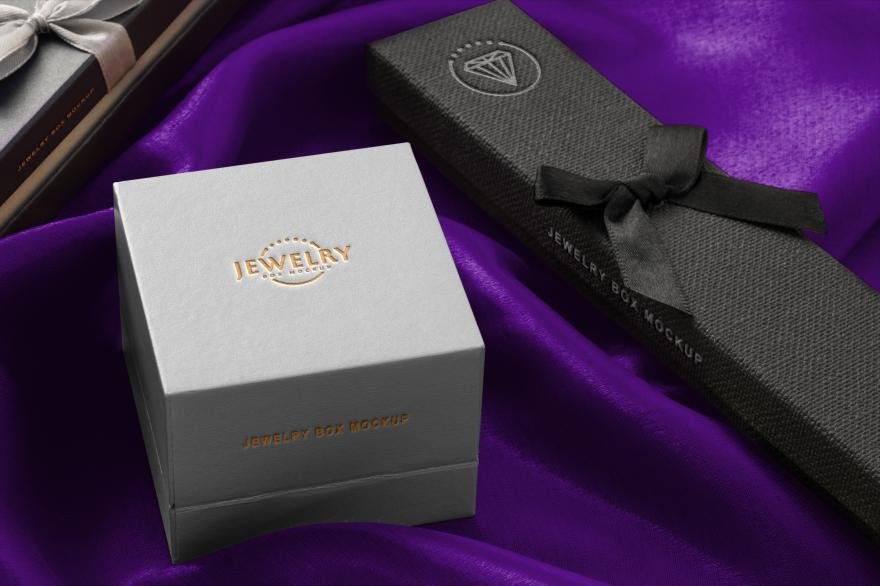
Your package is often the first thing a customer touches. It has to feel right. It needs to reflect who you are as a brand. A few years ago, I worked with a small company that made organic skincare products. They used plain kraft boxes, which were eco-friendly1 but didn't feel special. Their products were high-quality, but the packaging said "basic." We worked together to design a new box. We chose a thick, textured, recycled paper in a soft, earthy green. We added a simple, elegant logo with a gold foil stamp. The change was immediate. The product didn't just look more expensive; it felt more trustworthy and aligned with their natural, premium-quality brand identity2. This is what design does. It uses visuals and textures to tell a story. It’s not just about looking good; it's about communicating your brand's core promise.
Key Elements of Design
- Color and Imagery: Colors create feelings. Blues can feel calm and trustworthy, while reds feel energetic. The images you use should match your brand's personality.
- Typography: The font you choose says a lot. A script font can feel personal and elegant, while a bold, sans-serif font feels modern and strong.
- Material: The feel of the box matters. A smooth, soft-touch finish feels luxurious. A rough, recycled texture feels earthy and sustainable.
Why is custom packaging3 necessary?
Using standard boxes seems cost-effective at first. But they offer poor protection and no brand experience, leading to damaged products and missed opportunities to connect with your customers.
Custom packaging is necessary to protect your specific product, stand out from competitors, and create a unique unboxing experience4. Standard boxes can't offer this level of tailored protection or branding5, making customization a vital investment for growth.
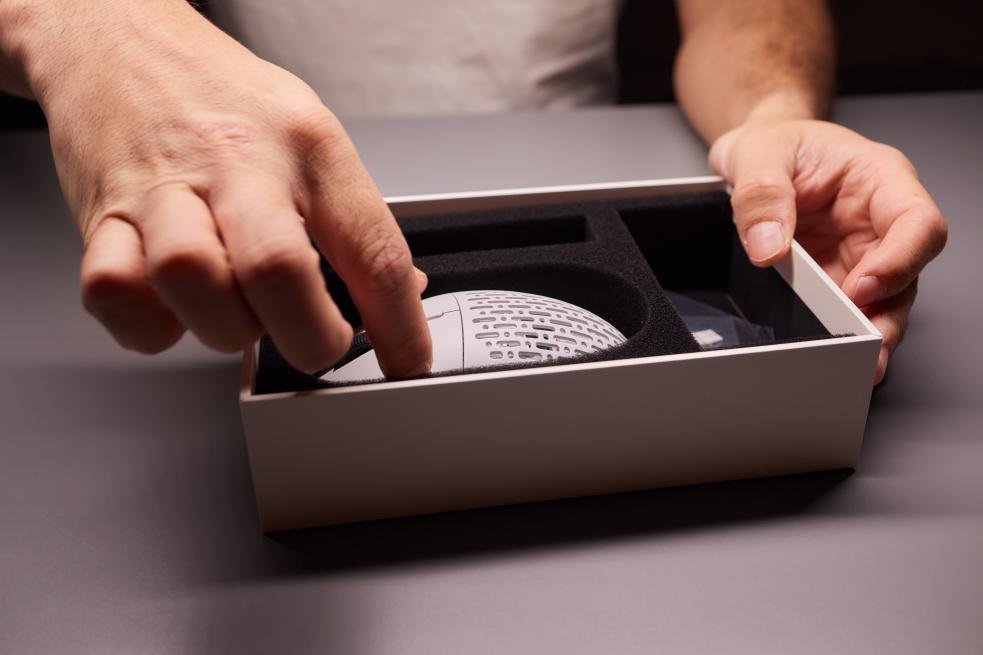
I can't tell you how many times new clients have come to me with a common problem: damaged goods. One customer was selling delicate, handmade ceramic mugs. They were shipping them in standard boxes filled with packing peanuts. Their breakage rate was nearly 15%. This was costing them a fortune in replacements and hurting their reputation. We designed a custom box with a corrugated cardboard insert. This insert held the mug snugly in place, suspending it in the center of the box. Their breakage rate dropped to less than 1%. The custom box not only saved them money in the long run but also improved the customer experience6. The unboxing felt more professional and showed that the company cared about its products. This is the core of why customization is necessary. It's not just about branding5; it's about getting your product to the customer safely and making a great impression. A standard box just can't do that.
Why do brands change their packaging?
Does your current packaging feel old or outdated? It might no longer connect with your ideal customers, causing you to lose sales to more modern-looking competitors.
Brands change packaging to rebrand, target a new audience, introduce a new product feature, or adopt sustainable materials7. This strategic shift helps them stay relevant, improve customer perception, and adapt to changing market trends and consumer values.
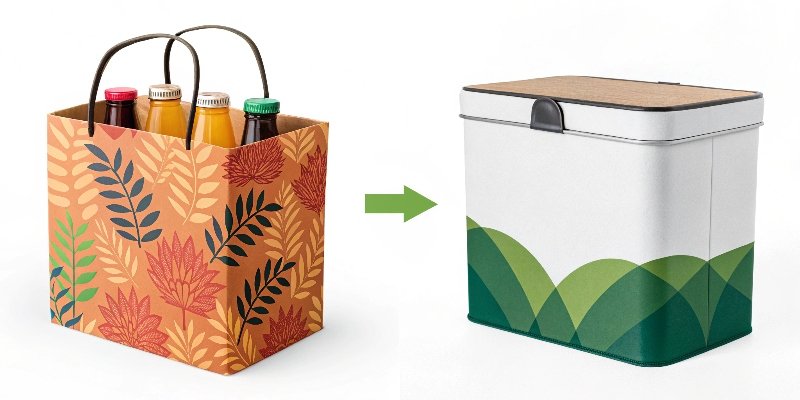
A packaging change is a powerful signal. It tells the world that something new is happening with your brand. One of the biggest reasons for a change I see today is sustainability. I recently helped a coffee company that was using foil-lined plastic bags. Their customers were becoming more eco-conscious and started asking for greener options. We transitioned them to a fully recyclable paperboard box with a compostable inner bag. They made this change a central part of their marketing. They put "100% Recyclable Packaging" right on the front. Their customers loved it, and they attracted a new segment of buyers who chose them specifically for their commitment to the environment. Another common reason is a market shift. A brand might want to move from a budget-friendly image to a more premium one. This requires an upgrade in packaging—better materials, more sophisticated design, and a more refined finish. It's about ensuring your physical presence matches your brand's ambition.
What are the 5 P's of packaging8?
Designing effective packaging can feel overwhelming. You might not know where to start or what elements are most important, risking a design that fails to protect or sell.
The 5 P's of packaging8 are a simple framework for success: Protection, Preservation, Presentation, Promotion, and Practicality. These pillars ensure your packaging is effective, from safeguarding the product to attracting and delighting the customer.
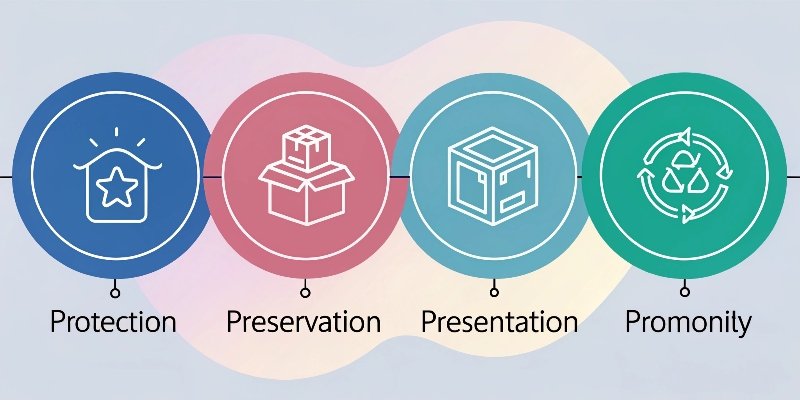
When I walk clients through the design process, I often use the 5 P's to keep us focused. It’s a simple checklist that covers all the critical functions of a package. Thinking through each 'P' ensures we don't miss anything important. For example, a design can be beautiful (Presentation) but fail if it's difficult for a customer to open (Practicality) or if it doesn't keep the product safe (Protection). All five elements must work together. This framework helps turn a complex creative process into a series of logical steps. It ensures the final package is not only attractive but also smart, functional, and effective at its job. It's the foundation of every successful packaging project we undertake at Giftspack.
| The 5 P's | Description | My Experience |
|---|---|---|
| Protection | Keeps the product safe from damage during shipping and handling. | We designed a box with custom foam inserts for a client's electronics, reducing shipping damage to nearly zero. |
| Preservation | Maintains product quality and freshness, especially for food or cosmetics. | For a tea company, we used an airtight inner seal to ensure the tea leaves stayed fresh and aromatic. |
| Presentation | The visual appeal and unboxing experience4 that reflects the brand. | Adding a simple ribbon pull-tab to a cosmetics box made the unboxing feel luxurious and special. |
| Promotion | Communicates brand identity2, benefits, and marketing messages. | We added a QR code on a client's box that linked to a "how-to" video, increasing customer engagement. |
| Practicality | Ease of use for the customer and efficiency for storage and shipping. | We redesigned a box to be slightly smaller and stackable, saving our client thousands in shipping costs. |
Conclusion
Ultimately, custom packaging3 is not just a cost; it's an investment. It protects your products, tells your brand's unique story, and helps build lasting relationships with your customers.
-
Discover sustainable packaging solutions that align with modern consumer values. ↩
-
Understand the connection between packaging and brand perception in the market. ↩ ↩
-
Explore how custom packaging can enhance brand identity and customer experience. ↩ ↩
-
Learn why the unboxing experience is crucial for customer retention and brand loyalty. ↩ ↩
-
Discover the role of packaging in reinforcing brand messaging and identity. ↩ ↩
-
Explore ways packaging can enhance the overall customer journey and satisfaction. ↩
-
Find out about eco-friendly materials that can reduce your brand's environmental impact. ↩
-
Learn about the framework that ensures effective and functional packaging design. ↩ ↩


